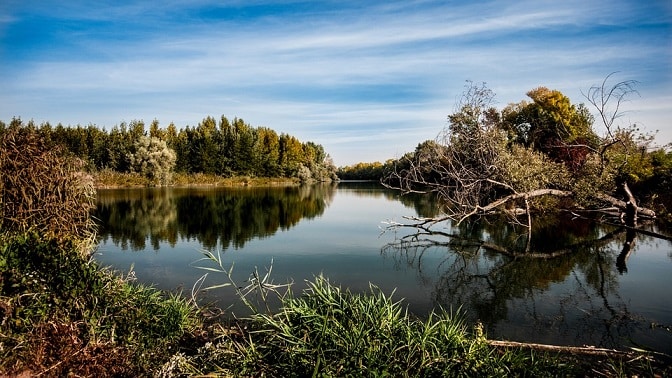The freshwater biome makes up all the rivers, dams and lakes in the world. Although it is considered to be the smallest biome on earth, it is still as important as the remaining biomes and plays a rather big role in the environment. When referring to the freshwater biome as the smallest, this also includes the number of animals that live in its conditions. Nevertheless, apart from humans, there are still many species that depend on freshwater for food and survival.
Considering that up to 41% fish species live in freshwater on the entire planet, it makes all the criteria regarding this biome’s statistics hard to believe. One would think that there are a lot more fish in the ocean that 59%, but there is in fact not.
The Freshwater Biome
The aquatic biome also serves as the natural habitat to millions of different species of fish, amphibians and reptiles. It also serves as an indirect source of food for other species such as birds, predators and all sorts of insects and microorganisms.
Divided into two parts, which includes the freshwater and marine biome, the freshwater biome is also considered to be the smallest facet of the world’s ecosystems. Without its animals and diverse range of plant life, the biome would not be able to survive on its own.
As a staggering number, the freshwater biome only contains 0.009% of the world’s water which includes all lakes, ponds, rivers, wetlands, creeks, canals and streams. The number is quite shocking as humans, plants and animal life on land, as well as the air or ground, depending on freshwater. The marine biome, however, comprises 70% seawater, which is a massive difference when compared to freshwater. Freshwater resources are crucial to the survival of all life as 50% is currently used by humans for consumption.
The Freshwater biome thus plays a very important role in the sustainability of life and should be preserved at all cost.
Get gym water cooler and home water cooler from Living-Water in London.






